The star-forming region which is irresistibly stunning is being re-seen in the virtually no comparison images from the powerful space telescope.
James Webb Space Telescope (JWST) has been able to come up with really sharp images of the Horsehead Nebula (known as one of the most popular objects in sky above the Earth) with its super best imaging capabilities.
As the most powerful satellite ever placed into orbit in our solar system, the JWST literally revealed the Horsehead Nebula (otherwise known as Barnard 33) like never before, including some regions of the sky that we had not seen in such detail or with such clarity before.
Previously taken pictures display the [OS1] Horsehead Nebula as the moving waves of gas rising along the western side of Orion B, the star forming gas cloud located at about 1300 light-years from Earth in the constellation of Orion.
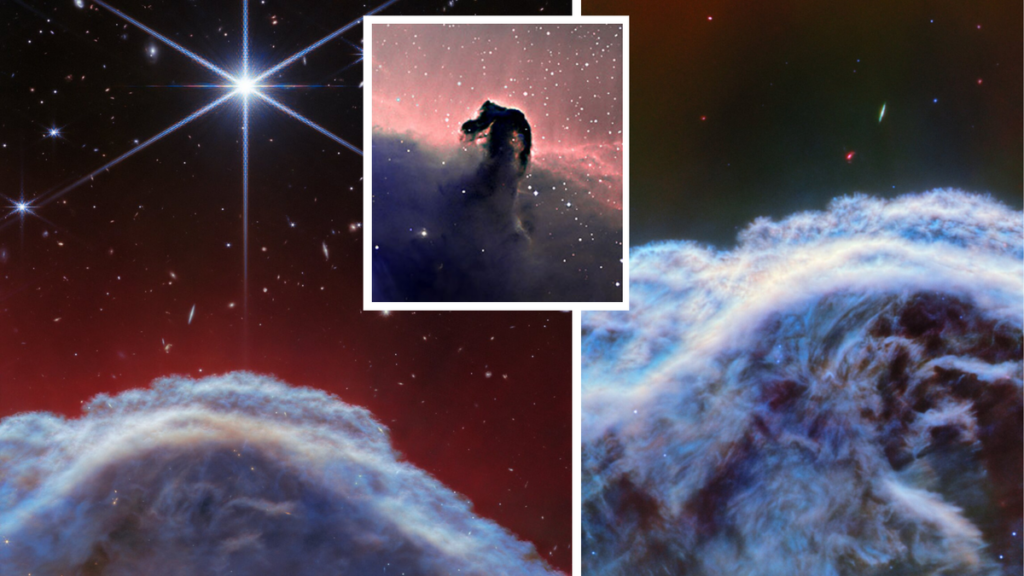
The Horsehead Nebula, a nebulous gas of denser and cool gas is frequently illuminated on the right upward edge on a young hot star. This glowing monstrosity, which sets this nebula apart from others, has happened because the lighter gas has been eroded. the result has been a dense cloud that is of gigantic size and obscure if to be eroded.
But, please do keep in mind that this is only temporary. The researchers provide a rough estimation that this time in about 5 million years, even this denser object will fail to exist.
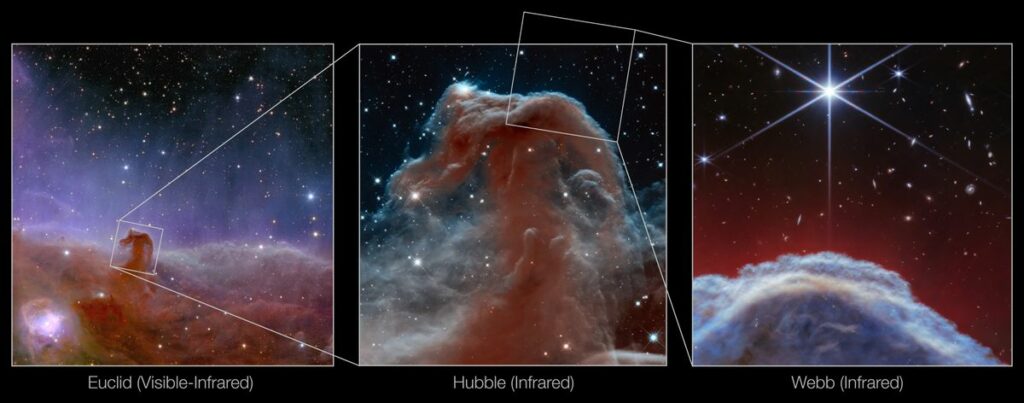
While NIRCam of the JWST was able to take a fractional photo of the Horsehead Nebula in detail, it became obvious that even in the near infrared part of the light spectrum the nebula shows an extreme contrast of the bright and dark regions. This appears as a curved arc of glowing nebulous gas and dust with distant stars and galaxies over it, and a dark void above it. Of the images, one large star is unmistakable due to the pronounced diffraction spikes which were also created using a JWST type of device.
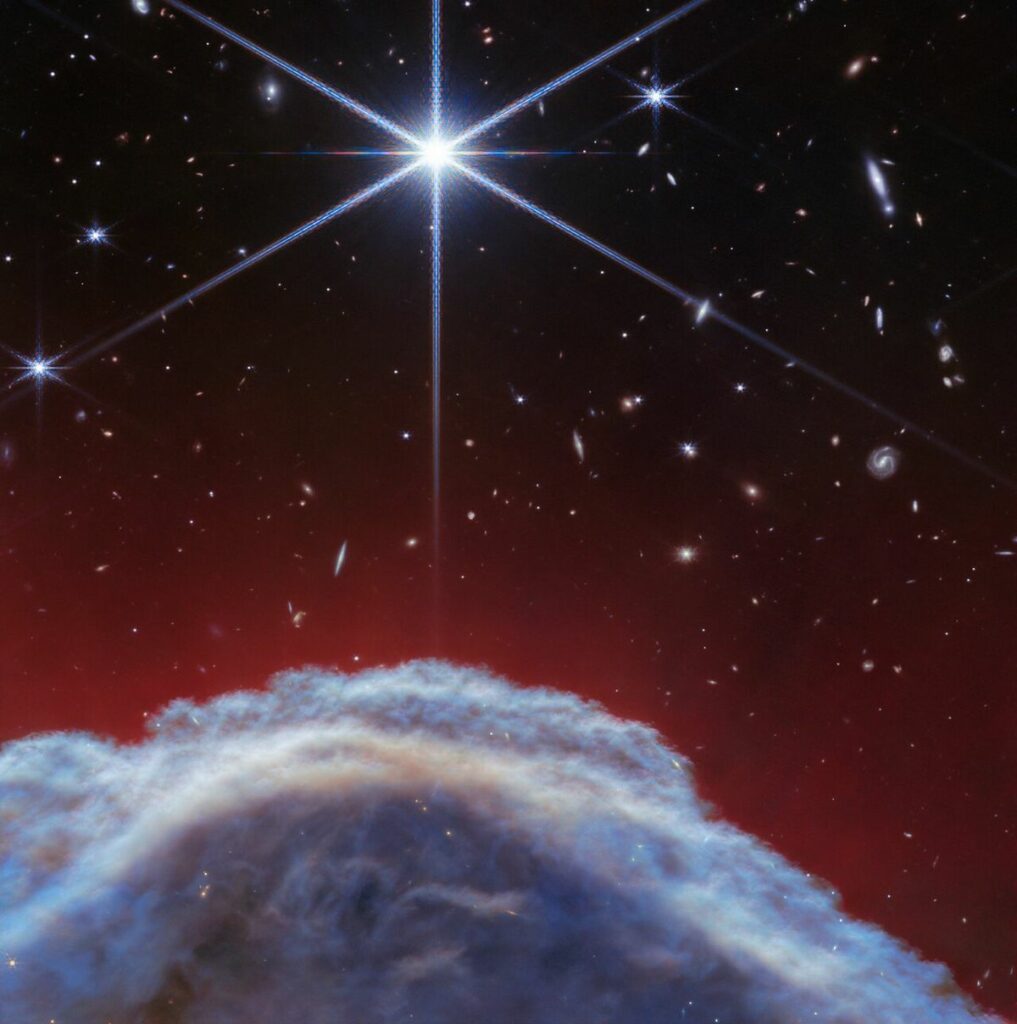
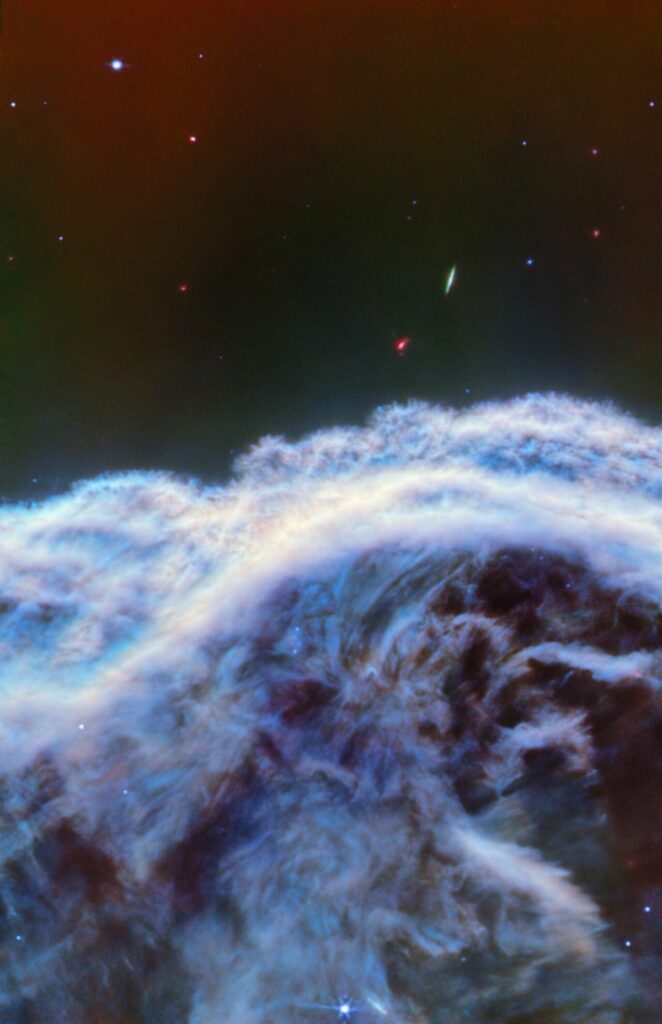
The Horsehead Nebula is a PDR, which is a section of space where young, massive stars that located on the borders heat up the dust and gas that are lying between stars. Yet, these cold and neutral clouds can often exist interspersed with the hotter ionized gas around the formation of start. Stars can influence the chemistry of molecular gas cloud and dust particles by the emission of their ultraviolet rays in PDRs. PDRs requires very dense gas around stars, hence allowing it to not getting ionized, but should be dense enough to allow UV rays to pass through it.
Scientists study the light from PDRs, and then these arises the question about how the interstellar matter have evolved chemically the transformation has been defined by this.
The distance of the Horsehead nebula makes it an absolute blind spot of all stars. Hence, it becomes the most favorable PDR for astronomers examining the structure of PDR and the interactions between chemistry and radiation of interstellar space. What these pictures emphasize is that the JWST is ready to rock the boat and open new doors to the investigation.
After the presented information on the Horsehead Nebula of JWST reached the stage of acceptance and publication in Astronomy & Astrophysics
Do not forget to share your opinion with us to provide you with the best posts !



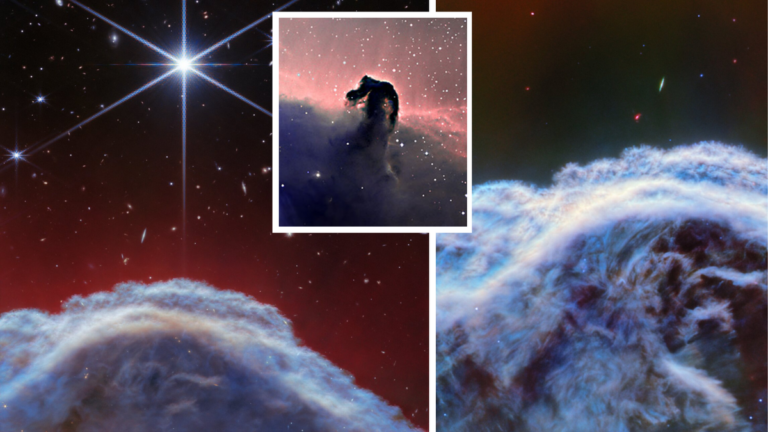
0 Comments